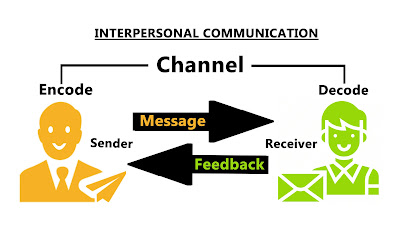What is Branding?
Branding
- Distinguish the goods of one produce from those of another.
- Branding often takes form of a recognizable symbol to which consumers easily identify, such as logo. Common exmaples include the Nike " swoosh", the golden arches of McDonald's and the apple used by apple computers.
B & b
- A brand is a name, term, sign, symbol, or design or a combination of them intended to identify the goods and services of the seller or group of sellers and to differentiate them from those of competition.
- Many practicing managers refer to a brand as more than that as something has actually created a certain amount of awareness, reputation, prominence, and so on in the market place.
- The American Marketing Association (AMA) defines a brand as a name, term, sign, symbol or design, or a combination of them intended to identify the goods and services of one seller or group of sellers and to differentiate them from those of other sellers.
- Technically whenever a marketer creates a new name, logo, or symbol for a new product, he or she has created a brand.
Types of brand
- Disruptive Brand- challenges the current ways of doing things and introduces new concepts that substantively change the market.
- Two goals- Match the demand
- Re-Shape an existing product or service
- example- Apple-iTunes
- Conscious Brand- it is a mission to make a positive social or environmental impact or enhance people's quality of life. Supports the positive growth and transformation of an organization that has embarked on or sees that need to embark on the new way of business.
- Service Brand- it consistently delivers high-quality customers care and service.
- Innovative Brand- it is the brand that reinventing their industry which consistently introduces advanced and breakthrough products and technologies.
- Value Brand- the financial value of having customers who will pay more for a particular brand.
- Performance Brand- offers products that delivers superior performance and dependability.
- Luxury Brand- brands whose names are associated with luxury high price, or high quality that offers higher quality and higher price.
- Style Brand- its differentiated through the way its products or services look and feel, that explains how an organization presents itself to the world through its logo, fonts , image, color etc.
- Experience Brand- is a type of experiential marketing that incorporates a holistic set of conditions created by a company to influence the feeling a customer has about a particular product or company name.
Brand image is the idea of the brand that people develop in their minds
example- colgate, apple, google, adidas
Advantages
- Directly impacts the consumer buying behaviour
- Brands have a target of building a strong and positive image of the brand.
- It makes the decision process easier.
- A good brand image conveys the success of the product and gives result with increased sales and revenues.
- A positive image gives confidence to the customer as they feel that the brand is sincere.
Problems
- The brand might fall in the short term itself if the brand image created is negative.
- Brand image and unfavorable or negative image result in the disgrace of the company.
- Brand and its products will always be identified with the image until further changes in the brand image and impelled.
positioning
- Brand is the way a product is placed in the market.
- It basically defines what segments of the market it is targeting.
- Brand appealing, the brand must be unique vs competitive offerings.
Brand extension
- Idea of going beyond ones origins and exploring newer
- Example- google started as a search engine
- Nike's brand core product is shoes. but now extended to sunglasses, football etc
Advantages of brand extension
- It increases brand image.
- The risk perceived by the customers reduces
- There are packaging and labeling efficiences
- Cost of developing new brand is saved.
- Cosumers can now seek on variety
- The image of parent brand is enhanced
- It revives the brand
Disadvantages
- Loss of reliability
- Damage the image
- Less awareness
- Fail


Comments
Post a Comment